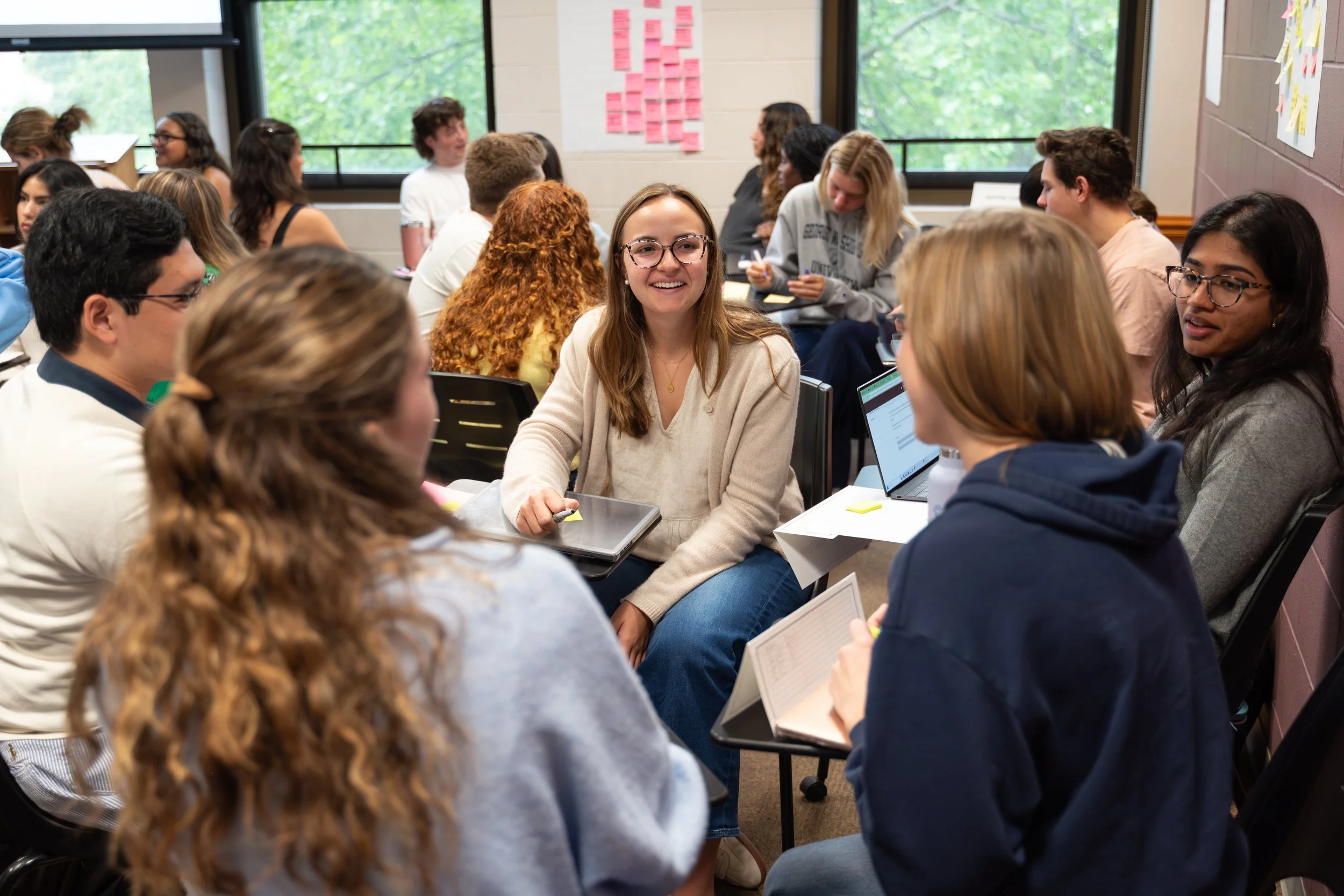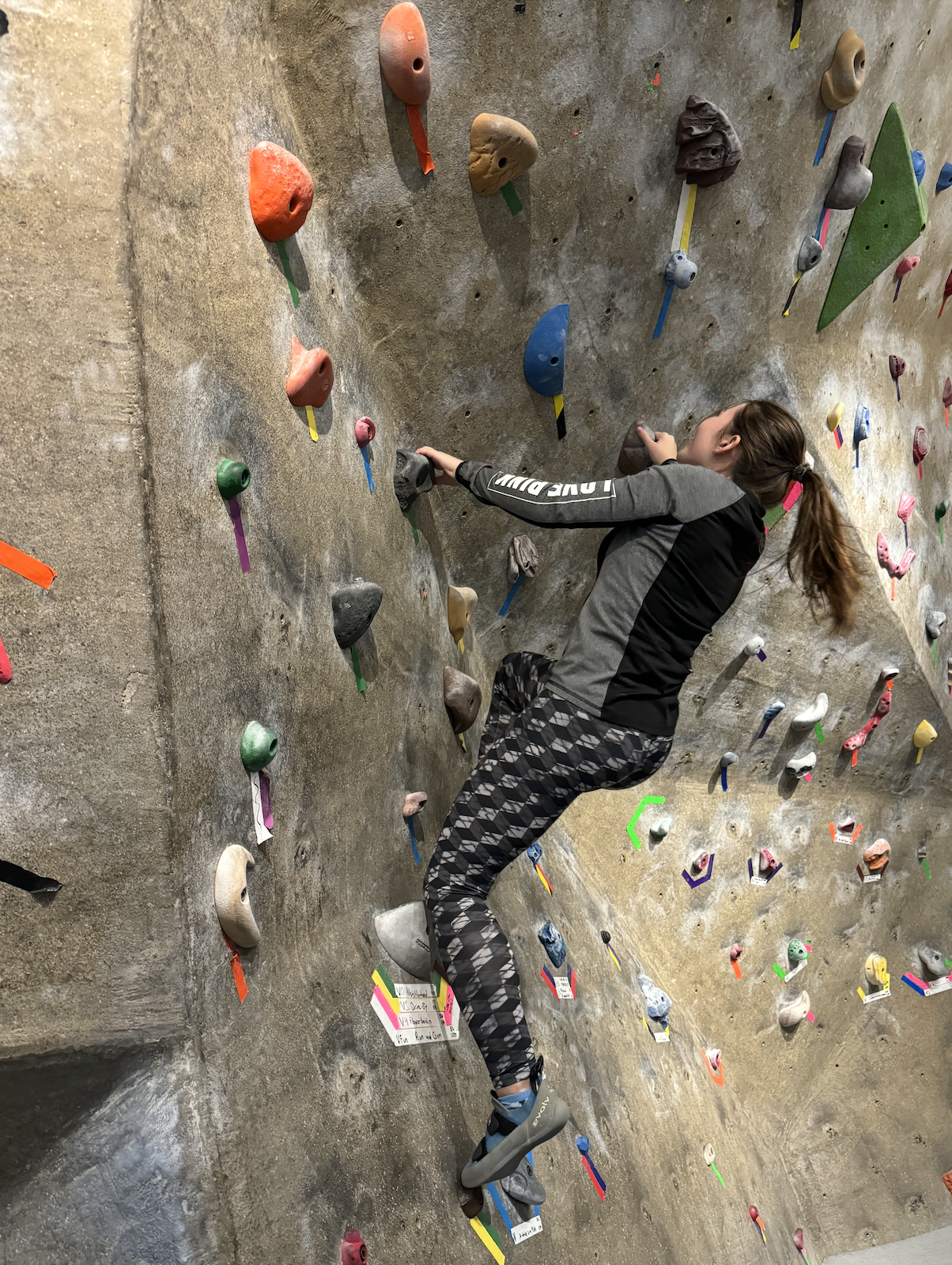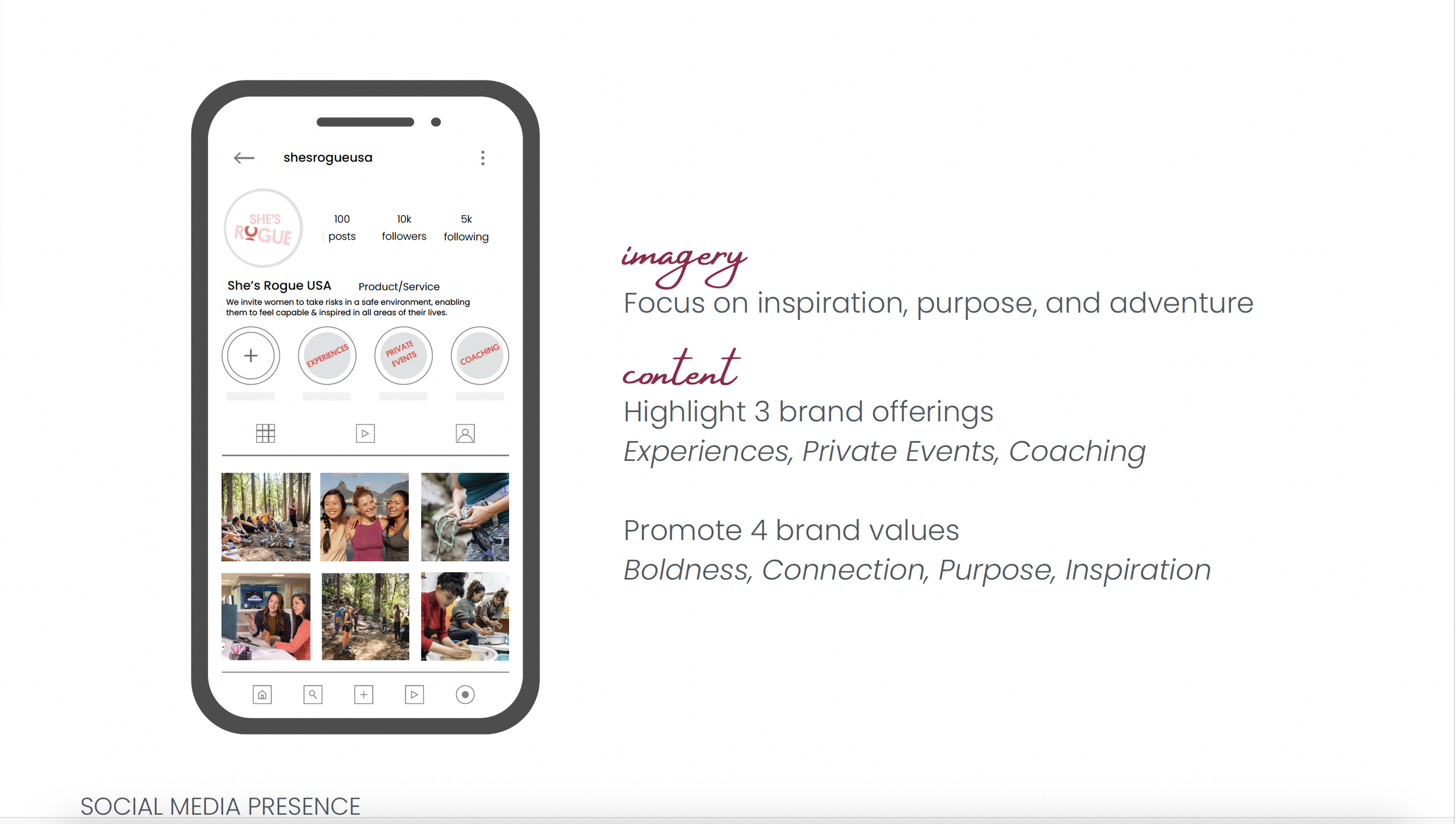Teaching Sample
Service Design
“Great Service Design isn’t only about making moments that are effective and efficient. It’s also about creating magic... finding special moments to surprise and delight customers in ways they’ll never forget.”
Course Overview
I was tasked to redesign this undergraduate capstone course because the department saw that there was a growing need for a class that focused on service and systems design to complement both Industrial Design and Visual Communication tracks.
This course provides students with a comprehensive understanding of service design principles, methodologies, and strategies aimed at creating exceptional customer experiences. In an increasingly service-oriented economy, organizations are recognizing the importance of designing and delivering services that not only meet but exceed customer expectations. The class is comprised of Collaborative Innovation Minor students who major in various departments across campus.
Teams are comprised of a variety of abilities and skillsets, providing students with a truly multidisciplinary experience. The course ends with students providing a service blueprint and prototypes of products, systems, or services.
The course covers a range of topics, including:
Introduction to Service Design: An overview of the evolution of service design as a discipline, its principles, and its role in enhancing customer satisfaction.
User-Centered Design: Exploration of user research methodologies, persona development, to understand and address the needs, behaviors, and preferences of service users.
Customer Journey Mapping: Techniques for mapping and analyzing the end-to-end customer experience, identifying pain points, and uncovering opportunities for improvement.
Prototyping and Testing: Hands-on experience in creating service prototypes and conducting usability tests to refine and validate service concepts.
Service Blueprinting: An in-depth exploration of service blueprinting as a tool to visualize and understand the entire service delivery process, highlighting front-stage and back-stage interactions.
Innovation in Service Design: Strategies for fostering innovation within service organizations, including the integration of emerging technologies, design thinking, and co-creation with customers.
Service Ecosystems: Examination of the interconnectedness of services within larger ecosystems, considering touchpoints, channels, and partnerships that impact the overall service experience.
Project Background
Teams were tasked with launching She’s Rogue 2.0, beginning in South Bend, IN and expanding outward. She’s Rogue is a creative and leadership development space for female-identifying individuals to reconnect with their creativity, find fresh inspiration, and challenge personal and professional boundaries. Through hands-on creative projects and guided adventures, participants build confidence and self-efficacy in a supportive, inclusive cohort.
The goal of She’s Rogue is to cultivate a space where women can take meaningful risks—creatively, socially, and professionally—and grow as leaders in their communities. The primary audience is women in the early to mid-career stage who are seeking renewal, connection, and room to stretch. Previous participants experienced a 26% increase in self-efficacy, which translated into greater willingness to take risks, pursue creative endeavors, and step into leadership roles.
She’s Rogue was originally launched in Sacramento, CA in 2018, just before the onset of COVID-19 and the devastating wildfire season. As it relaunches in 2024, the need for intentional spaces where women can create, risk, and be supported is even more pronounced. In a time of rising mental health challenges and social division, She’s Rogue aims to offer a community that fuels creativity, empowerment, and collective resilience.
The class was tasked with understanding what elements of the program needed to be updated, improved, or completely changed. In response teams would create and test high level prototypes that were grounded in human centered insights.
Phase 1: Understand
Journey Maps, Secondary Research and Ethnographic Interviews
In order to truly understand She’s Rogue, students needed to experience its core principles firsthand—creativity, courage, and community. Professor Harris designed an immersive workshop where students participated not just as observers but as active participants. Through a systems and service design lens, they examined how environment, facilitation, community support, and challenge intersect to create transformative experiences.
To embody the She’s Rogue ethos of taking risks and stretching beyond comfort zones, students engaged in two hands-on challenges: rock climbing, which emphasized trust, vulnerability, and perseverance, and a welding workshop, which encouraged making, experimentation, and confidence through learning new skills. By reflecting on both the emotional and logistical elements of these activities, students gained insight into how She’s Rogue fosters self-efficacy and growth—and what it means to design experiences that help women step into their power.
This phase ended with presentations that included 3-4 ethnographic interview findings, personas, and a finalized journey map.
Phase 2: Ideate
How Might We Statements, CoCreation Sessions, & Wild Ideas
Phase 2 was all about ideating on the moments that matter, and it concluded with what concepts teams hope to bring into phase 3. This was their chance to come up with wild, innovative service ideas and identify how that service would help deliver exceptional experiences. Students also have to design a brainstorming activity to lead with the target audience members.
Phase 2 Learning Objectives:
How to develop a successful “How might We” statement
How to conduct ideation workshops and cocreation sessions with target audiences to generate various ideas
Phase 3: Prototyping
High Fidelity Prototypes & Service Blueprints
For the final phase of the course, teams moved from concept development into high-fidelity prototyping and service blueprinting. Each of the four teams focused on a distinct strategic dimension of She’s Rogue: local programming, national expansion, brand strategy, and digital experience. This structure allowed students to approach the relaunch not as a single offering, but as an interconnected ecosystem of services.
The expectation was not simply to design programs, but to present a holistic system—one that reflected deep human-centered research, community needs, and the lived experiences of women in the early- to mid-career stage. Teams were challenged to articulate how their proposed services would work together, how participants would move through the experience, and how the model could sustain impact over time.
The research and results proved that there is still a hunger for She’s Rogue within the target audience, but some of the language, offerings, and branding needed to be updated to better align with the uncovered needs.
Marketing Video Made by Eric Hawkins


















